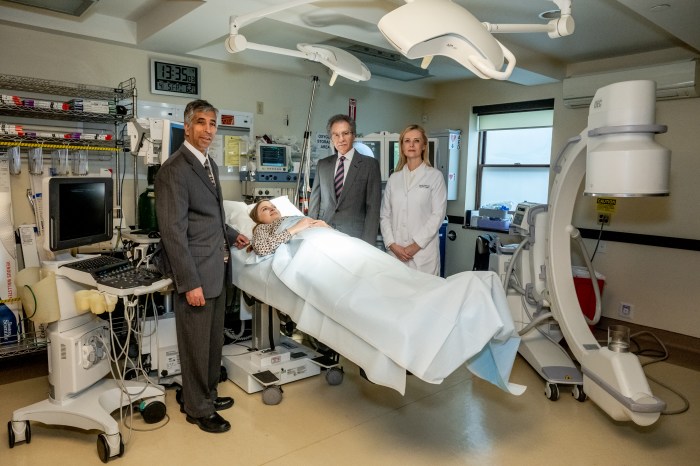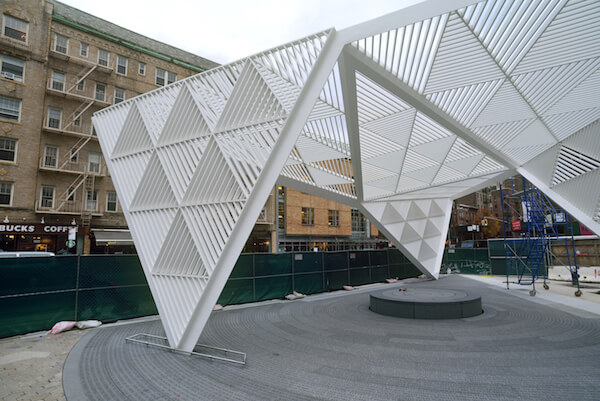It’s working in London and Stockholm, but can congestion pricing in Manhattan have an impact on people living and working in Brooklyn?
Kate Davies, who owns YO BK yoga studios, thinks so.
“We often enroll people in membership who live a subway ride away, and they’ll be excited about the studio and love our classes,” she said. “And then within a few months they’ll have to cancel their membership because they can’t get here as reliably as they’d like to.”
By charging a fee to drivers entering Manhattan below 60th Street at peak times, congestion pricing — which state legislators are debating until April 1, when the budget will be finalized — expects to generate as much as $1 billion a year, and that will help business owners and residents in several ways.
According to the Riders Alliance, congestion pricing can shorten Brooklyn express bus commutes by as much as 2 hours.
Money will be earmarked for new and ongoing projects, like improving station efficiency and replacing escalators at Jay Street station, make the 86th and 95th Street R stations ADA accessible, as well as Bedford Avenue and Greenpoint Stations, with more room for passengers and better pedestrian flow at Marcy Ave Station, and improved signage, lighting and more space for riders at the Bay Ridge Avenue station.
If congestion pricing is not passed? The MTA estimates that transit fares will need to rise by 27% to pay for essential projects.
In London, congestion pricing has reduced traffic by 15%, and reduced greenhouse gas emissions by 20%. In Stockholm, the number of children going to the hospital because of asthma has dropped by 50%.
“Congestion pricing,” says Andy Darrell, regional New York director for Environmental Defense Fund, “is a realistic step we can take to reduce traffic, cut air pollution, and increase funding for public transportation.”
Get involved at fixourtransit.org























